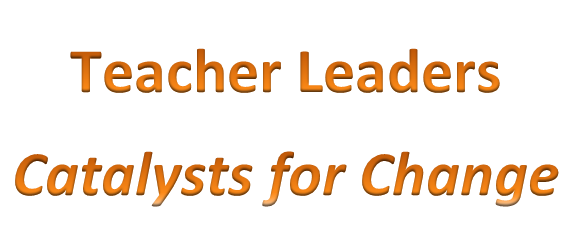Introduction:
September marks the beginning of a new school year, and one way to set the stage for an exceptional academic experience is by creating eye-catching, engaging bulletin boards. These visual displays not only beautify the classroom but also provide a fun and interactive learning environment. In this article, we’ll explore 18 September bulletin board ideas that will help start the year off right.
1. Welcome Back!
Create a personalized welcome board featuring students’ names and photographs to make them feel valued, included, and excited about the new school year.
2. Fall Frenzy
Embrace the changing season with a colorful fall-themed board that highlights autumn leaves, acorns, apples, and other seasonal symbols.
3. Classroom Schedule
Display your class’s daily schedule or a calendar of upcoming events to help students stay organized and informed about important dates.
4. All About Me
Encourage students to share personal information through an ‘All About Me’ board where they can showcase their hobbies, interests, families, and goals for the year.
5. Birthdays Celebrations
Recognize each student’s special day by dedicating a birthday bulletin board that displays everyone’s birth dates in chronological order.
6. Setting Goals
Inspire students to set personal and academic goals for the year with a goal-setting bulletin board where they can track their progress.
7. Reading Corner
Spark students’ interest in reading by creating a cozy reading corner that features book covers of popular titles and positive quotes about reading.
8. Student Work Showcase
Celebrate and display outstanding student work to stimulate pride in their accomplishments and motivate others to excel throughout the year.
9. Classroom Rules & Expectations
Outline your classroom rules and expectations clearly with a visually appealing bulletin board focused on good behavior and respectful attitudes.
10. World Around Us
Introduce geography by creating an interactive world map where students can pinpoint various countries and learn about diverse cultures.
11. Science is Fun
Highlight scientific discoveries, experiments, and phenomena on a science-themed bulletin board that encourages critical thinking and curiosity.
12. Math Madness
Design a math bulletin board that showcases various mathematical concepts, problem-solving techniques, and formulas through engaging visuals.
13. History Happenings
Bring pivotal historical moments, events, and figures to life with a history-themed board that encourages further exploration into the past.
14. Learning Through Art
Emphasize the importance of creativity and self-expression through an art-themed bulletin board featuring famous artworks and crafts by students.
15. Tech-Savvy Classroom
Showcase the vital role of technology in today’s world with a tech-savvy board that displays cutting-edge educational tools like smartphones and tablets.
16. Character Counts
Reinforce positive character traits such as kindness, integrity, and perseverance through a character education-focused bulletin board.
17. Celebrating Diversity
Promote an inclusive environment by creating a bulletin board that recognizes diversity within the classroom, which may include ethnicity, religion, physical abilities, or learning styles.
18. Acts of Kindness
Encourage students to recognize their peers’ acts of kindness by providing them with a space to acknowledge good deeds and create a supportive classroom community.
Conclusion:
September bulletin boards are an effective way to start the academic year on a high note, fostering enthusiasm for learning and promoting unity among students. By implementing these 18 creative ideas in your classroom, you can create an environment of inspiration and inclusivity that encourages personal growth and academic success throughout the school year.





